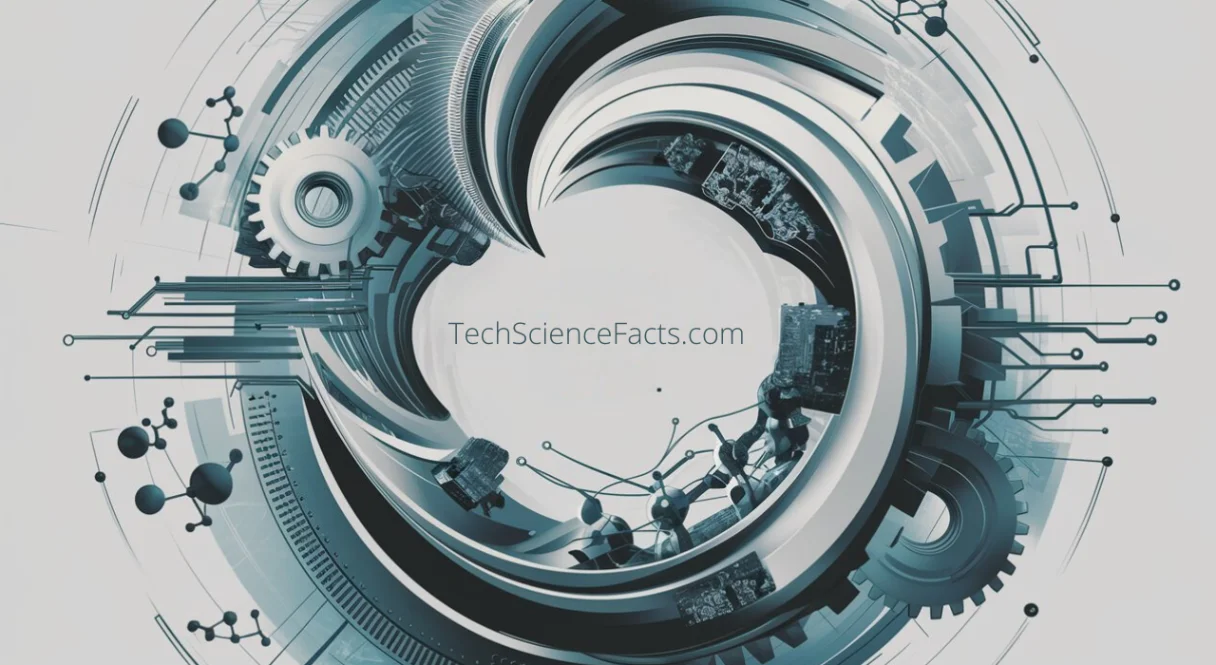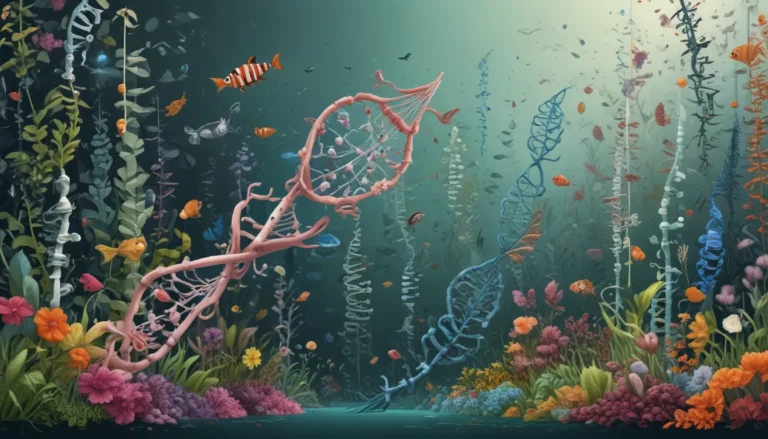A Note About Images: The images used in our articles are for illustration purposes only and may not exactly match the content. They are meant to engage readers, but the text should be relied upon for accurate information.
Tumor suppressor genes play a pivotal role in safeguarding our cells from becoming cancerous by regulating cell growth and DNA repair. These remarkable genes act as the body’s innate defense system, thwarting the uncontrolled proliferation of cells that can culminate in tumor formation. Delving into the realms of these genes unravels a world of intrigue and significance in the realm of cancer prevention and treatment.
Unveiling the Marvels of Tumor Suppressor Genes
Tumor suppressor genes orchestrate a symphony of actions within our cells to stave off the onset of cancer. They oversee cell division, DNA repair, and promote cell death, pivotal processes that when compromised, can pave the way for malignant tumor growth. Understanding the critical role these genes play in upholding cellular integrity is paramount in comprehending cancer biology and advancing therapeutic interventions.
Discovering the Pioneers: RB1 and TP53 Genes
The journey into understanding tumor suppressor genes commenced with the discovery of the RB1 gene in 1986. Known as the retinoblastoma gene, RB1 is linked to the rare eye cancer retinoblastoma, underscoring the gene’s significance in cancer pathogenesis. Another luminary in the realm of tumor suppressor genes is TP53, alias the p53 gene, renowned for its pivotal role in halting tumor formation by regulating cell cycle progression, DNA repair, and apoptosis. Mutations in TP53 lurk within the genetic landscape of various cancer types, casting a shadow on cellular stability.
Unveiling the Diverse Faces of Tumor Suppressor Genes
Tumor suppressor genes can either be inherited or acquired mutations, with inherited variants portending a higher cancer risk. Mutations in these genes can trigger unbridled cell growth, a hallmark of cancer, underscoring the genes’ indispensability in maintaining cellular homeostasis. The duo of BRCA1 and BRCA2 genes looms large in the realm of tumor suppression, with mutations in these genes elevating the susceptibility to breast and ovarian cancer.
Guarding Genome Integrity: A Crucial Duty
Tumor suppressor genes emerge as stalwart sentinels, preserving genome stability and curbing the accumulation of mutations that underpin cancer development. Central to their function is the prevention of genomic instability, a state characterized by heightened mutation rates and chromosomal aberrations that foster tumorigenesis.
Unraveling the Intricacies: From Cell Cycle Regulation to Oncogenic Interplay
The interplay between tumor suppressor genes and oncogenes unveils a delicate dance of opposing forces. While tumor suppressor genes impede tumor growth, oncogenes fuel it, underscoring the need for a harmonious balance in cellular regulation. The APC gene emerges as a central figure in colorectal cancer, with mutations catalyzing uncontrolled cell proliferation in the colon and rectum.
Therapeutic Frontiers: Rekindling Hope with Tumor Suppressor Gene Therapy
In the realm of cancer therapeutics, the prospect of tumor suppressor gene therapy glimmers as a beacon of hope. Researchers are actively exploring avenues to resurrect the function of mutated or inactivated tumor suppressor genes as a potential therapeutic strategy. Epigenetic alterations, such as DNA methylation and histone modifications, can stifle tumor suppressor gene expression, further underscoring the need for innovative therapeutic interventions.
Embracing the Future: Enhancing Cancer Treatments Through Tumor Suppressor Genes
As we traverse the landscape of tumor suppressor genes, a profound understanding emerges of their pivotal role in cancer prevention and treatment. These extraordinary genes, akin to the guardians of our genetic blueprint, wield immense influence over cellular fate, underscoring their indispensability in thwarting cancer development. By delving into the intricacies of tumor suppressor genes and their interplay with oncogenes, researchers pave the way for personalized treatments and targeted therapies that hold the key to a brighter future in cancer care.
FAQs
What are tumor suppressor genes?
Tumor suppressor genes regulate cell growth, repair DNA, and counteract tumor formation, playing a critical role in maintaining cellular integrity and preventing cancer development.
How do tumor suppressor genes function?
Tumor suppressor genes impede uncontrolled cell growth through mechanisms such as cell cycle regulation, DNA repair, apoptosis induction, and inhibition of angiogenesis, ensuring normal cell function and thwarting tumor formation.
What occurs when tumor suppressor genes malfunction?
Malfunctioning tumor suppressor genes can unleash unrestrained cell proliferation, culminating in tumor development. Mutations or epigenetic modifications can compromise the function of these genes, paving the way for cancer progression.
Can tumor suppressor genes be inherited?
Certain tumor suppressor gene mutations can be inherited, escalating the risk of specific cancers. However, most instances of inactivated tumor suppressor genes arise sporadically and are not inherited.
Are there therapies targeting tumor suppressor genes?
While no direct therapies targeting tumor suppressor genes exist currently, ongoing research endeavors seek to unravel the intricate pathways associated with these genes to develop targeted therapies restoring or compensating for their loss.
In conclusion, the saga of tumor suppressor genes provides a riveting narrative woven with tales of cellular guardianship and cancer thwarting prowess. These genes, endowed with extraordinary capabilities, delineate a roadmap for cancer research and therapeutic innovation. As we unravel the mysteries of tumor suppressor genes, the promise of personalized cancer care and targeted treatments looms large, underscoring the transformative potential these genes hold in reshaping the landscape of cancer prevention and treatment.






